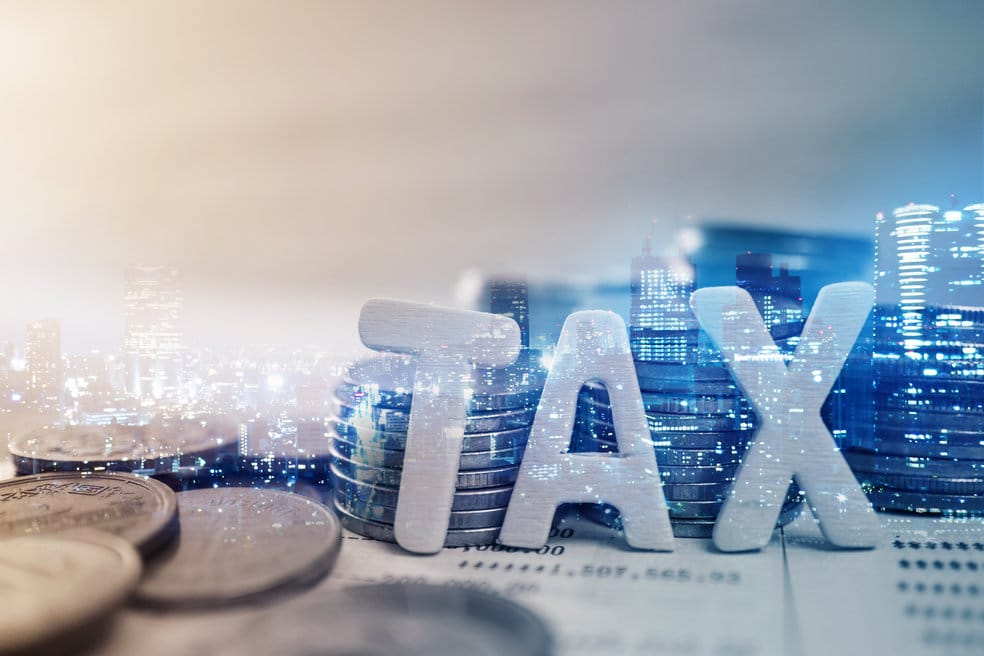Jasmine Birtles
Your money-making expert. Financial journalist, TV and radio personality.


Tax returns are challenging at the best of times. In fact, their difficulty is part of the reason why HMRC are launching a scheme to digitise tax administration. In 2018-2019 alone, tax mistakes cost the Exchequer £8.5 billion. The Government’s new plans to Make Tax Digital (MTD) will minimise these mistakes and simplify tax for businesses and individuals alike.

Over the past few years the Government has been implementing plans to start digitising tax administration. HMRC said that Making Tax Digital is an important part of the government’s plans to make it easier for individuals and businesses to get their tax right and keep on top of their affairs. The change will also fundamentally alter the way the tax system works so that it’s paperless, more effective, more efficient, and easier for taxpayers to get right.
Currently, Making Tax Digital is only affecting VAT-registered businesses with a taxable turnover over £85,000. However, over the next few years the tax authority plan to introduce these changes for Income Tax, Corporation Tax, and extend it to all VAT-registered businesses as well.
Originally, the government wanted to phase their digitised tax scheme in completely before 2021. However, due to delays the first stage only became compulsory in 2019.
As of 2019, all VAT-registered businesses with a taxable turnover above the VAT threshold are required to follow MTD rules. This needs to be done by keeping digital records and using MTD-compatible software to submit VAT returns.
If your business has a taxable turnover below the threshold but you’re interested in participating in the scheme early, you can sign up here. Although, it will be compulsory anyway from April 2022 onwards.
The self-employed and landlords with an annual business or property income above £10,000 will need to follow the MTD rules for Income Tax starting from 6th April 2023.
Although MTD is not compulsory for everyone yet, any self-employed people or landlords interested in trialling the Income Tax pilot can sign up here. The pilot lets you keep digital records and send Income Tax updates to HMRC instead of having to fill out a Self-Assessment tax return. You can view updates whenever you need them so you always know where you stand in regards to tax.
Making Tax Digital comes with plenty of benefits, although unfortunately they’re not available to everyone just yet.
With the digitised tax scheme we’ll see an end to annual tax returns and tedious form-filling. Instead, businesses will send information digitally to HMRC at least four times a year via their digital tax account. Don’t worry, this doesn’t mean filling in four tax returns! Rather, you’ll be providing much simpler financial updates online more regularly.
HMRC have said that once MTD is up and running completely, then they’ll be able to provide you with your business’s tax position in as close to real time as possible. With the digitised changes, HMRC will collect and process the information provided throughout the year. All your tax details will be available online – you’ll be able to see how much you owe and prevent yourself from falling behind.
The thought of sorting through a year’s worth of invoices, receipts, and financial documents fills most people with dread. But as MTD for businesses becomes the norm, life will be much simpler. Switching over to MTD-compatible software ensures you can keep all your incomings, outgoings, and tax-related information in one place. You won’t have to dig through files of paperwork, instead all your information will be easily accessible online.
Digital bookkeeping makes it much easier to keep track of tax deadlines, repayments owed, and upcoming bills. You won’t have to worry about a nasty tax surprise anymore as you can keep track online. Using MTD-compatible software also gives you the facilities to be able to monitor things like your business growth and compare data.
Check out more of our articles for helpful tips on filing tax returns, while we still have to.

I was unaware of this. Appreciate the info.